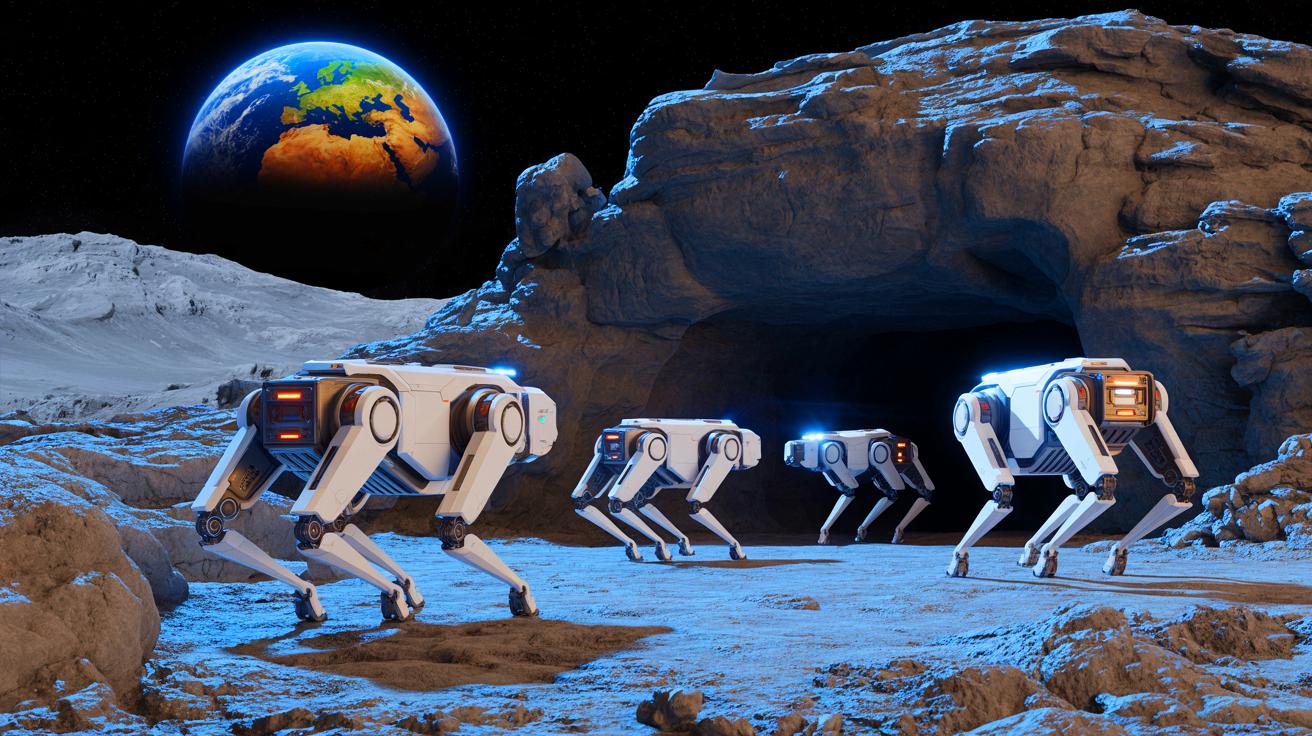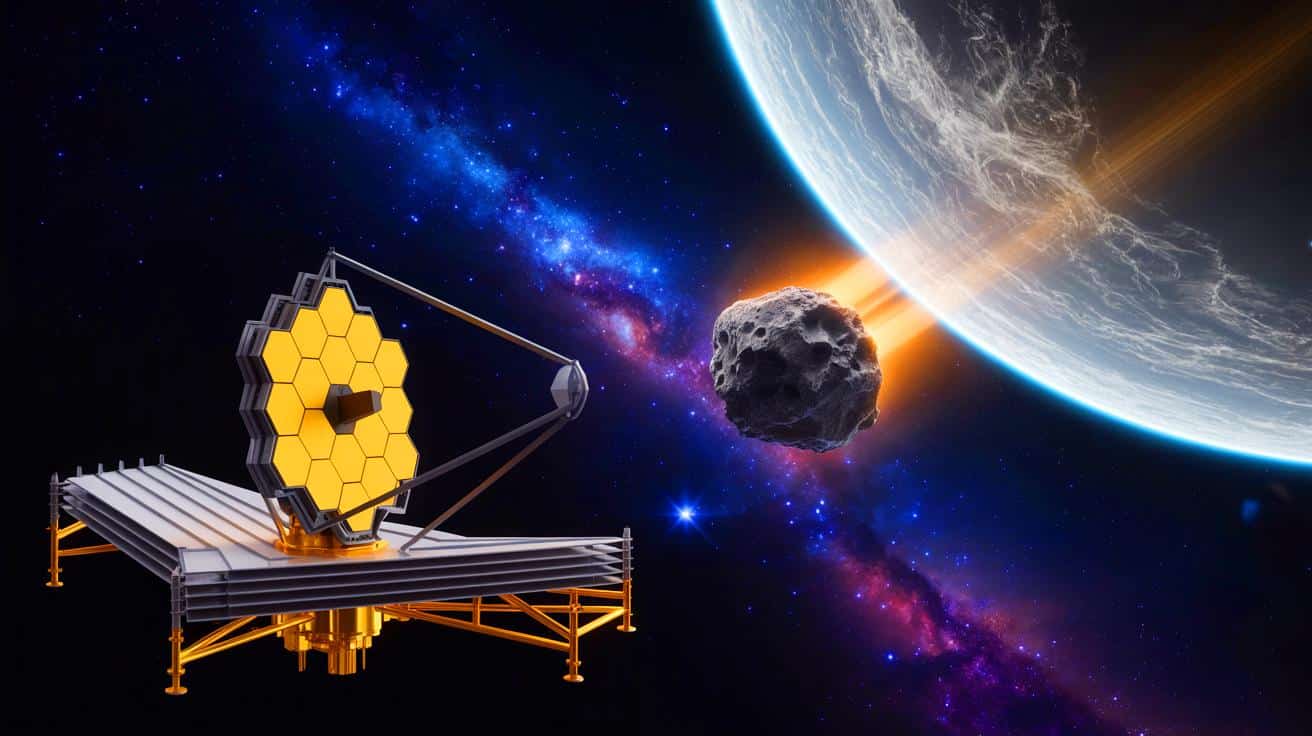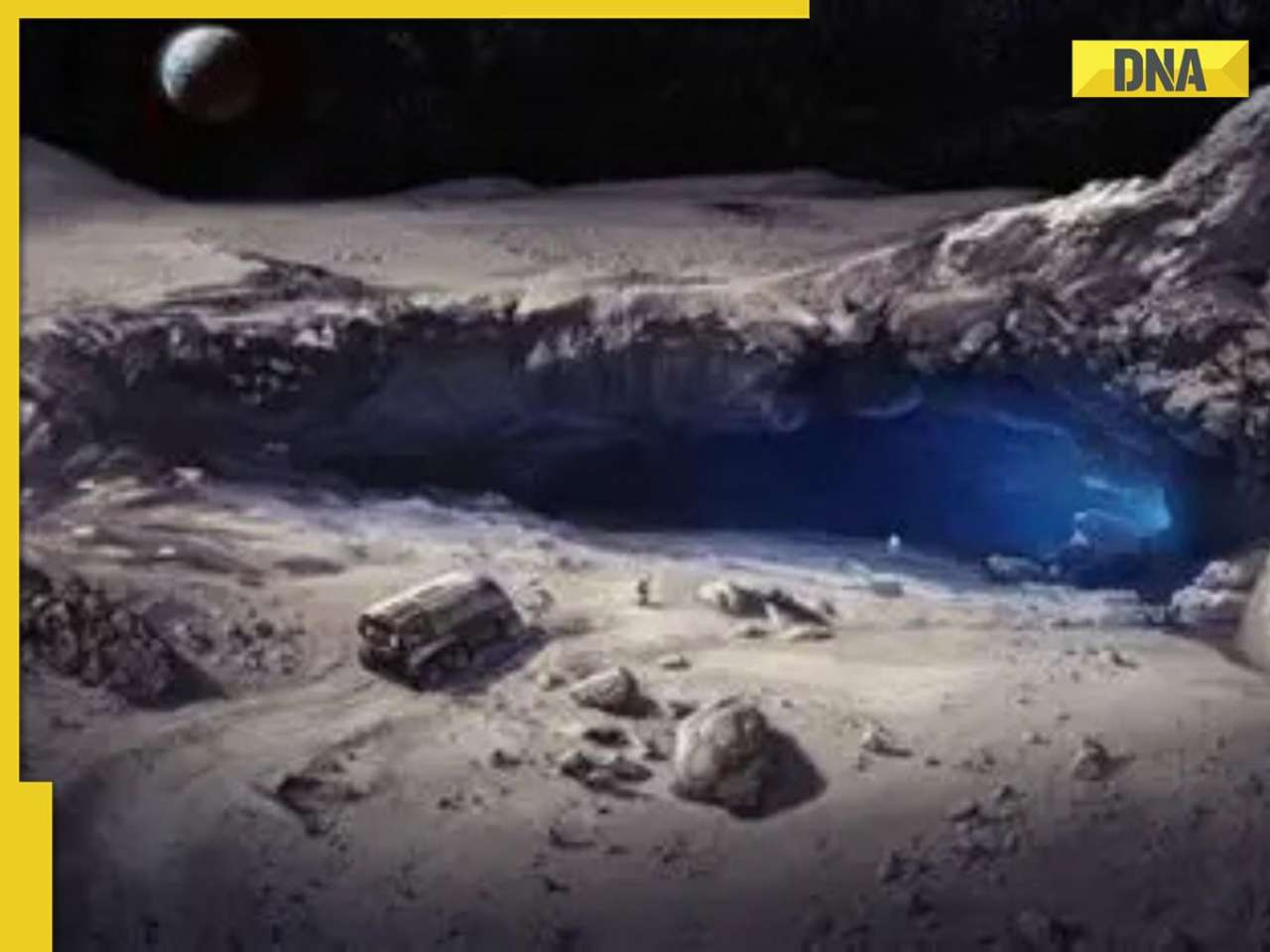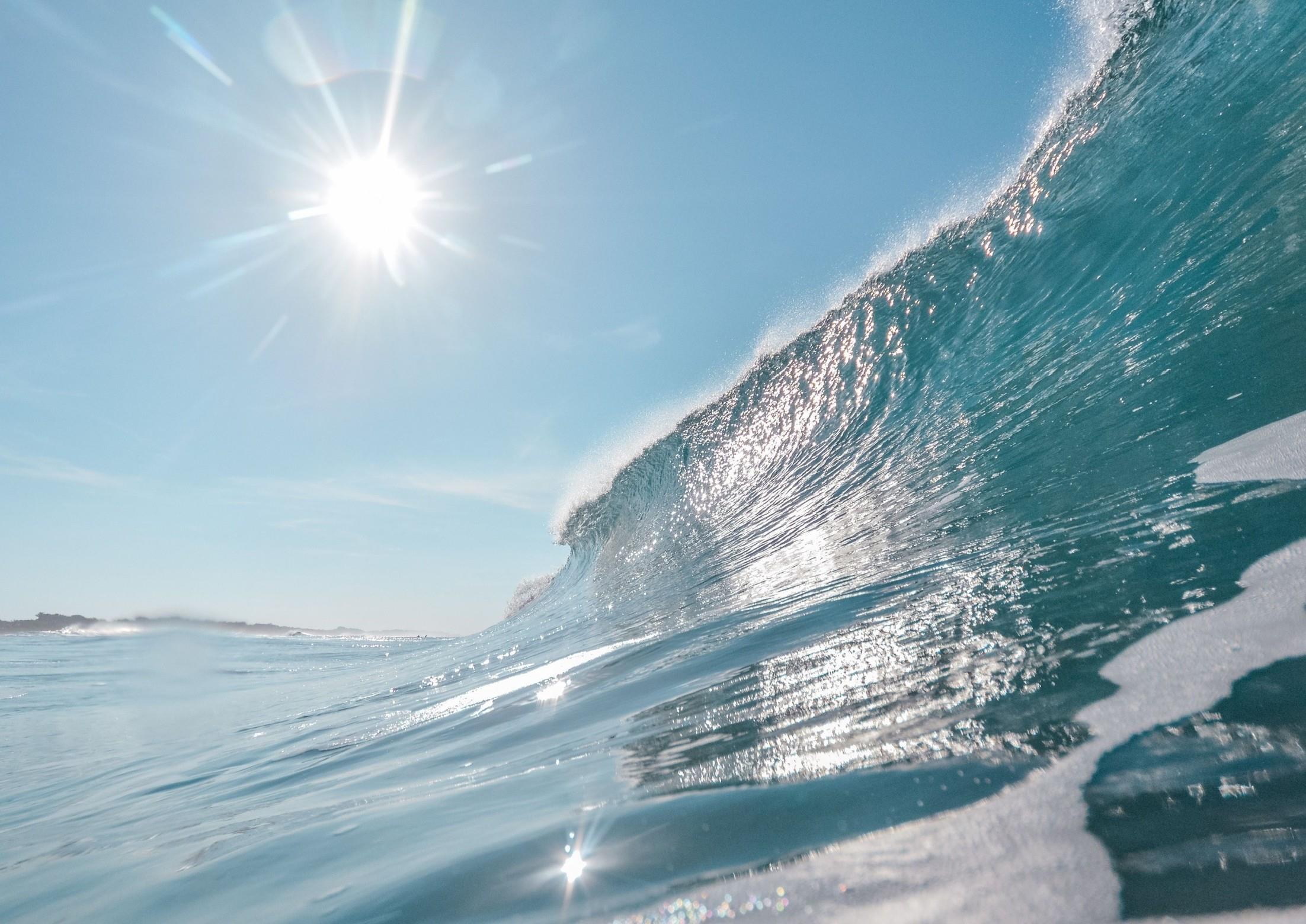Unbelievable Discovery: Easter Island Statues Walked on Their Own!
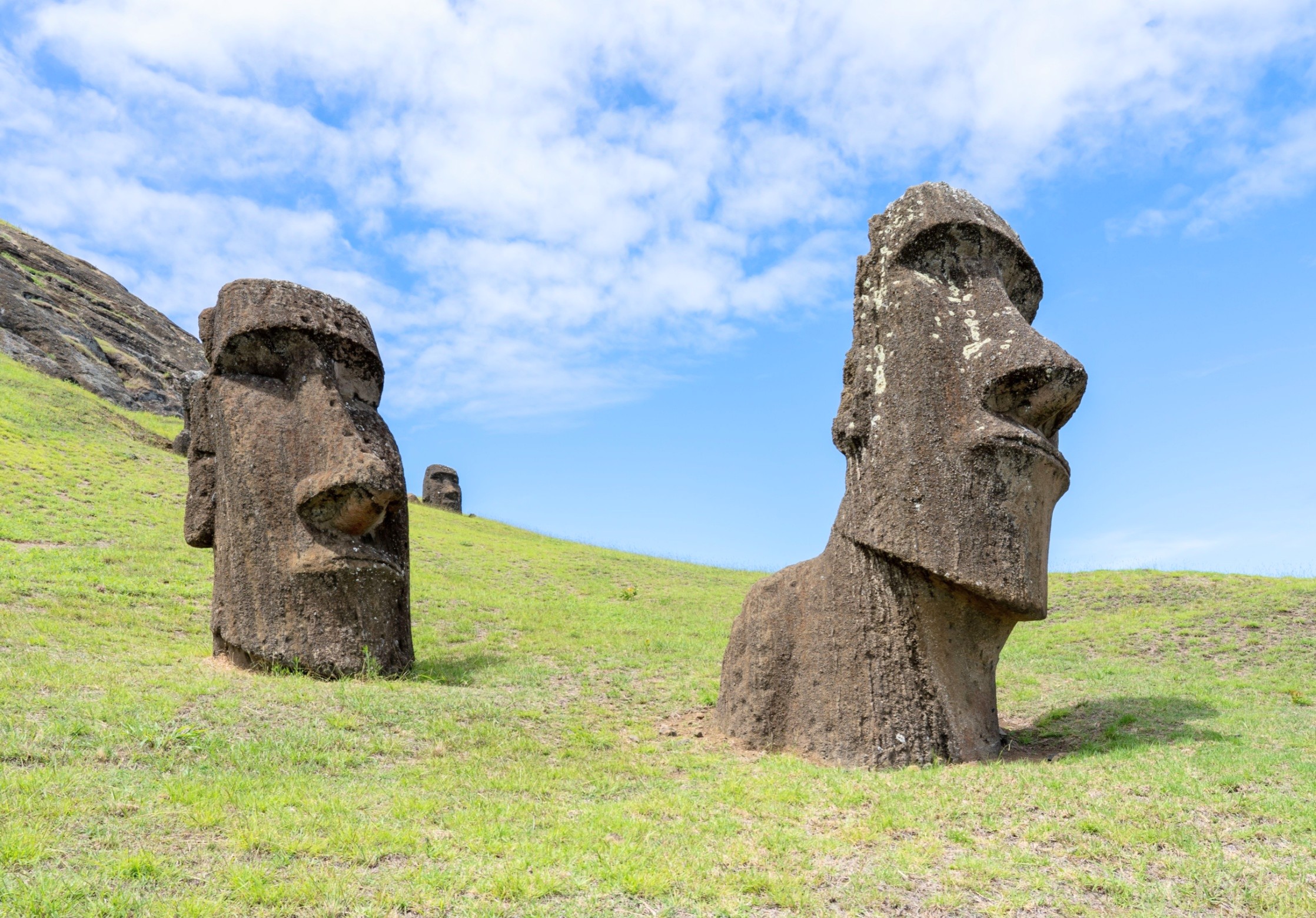
Imagine this: centuries-old statues on Easter Island, once thought to be immovable, actually walked across rugged terrain! Yes, you heard that right. Researchers have unveiled a groundbreaking theory that turns our understanding of these colossal moai upside down.
For ages, the question loomed large: How did the ancient inhabitants of Rapa Nui transport these massive figures without the luxury of modern machinery? Enter a remarkable blend of physics, 3D modeling, and hands-on experimentation led by Carl Lipo from Binghamton University and Terry Hunt from the University of Arizona. Their findings reveal that these statues didn’t just slide; they walked!
Lipo and Hunt examined nearly 1,000 moai statues and proposed an astonishing method. Instead of dragging the statues, the ancient islanders used ropes to make them rock in a zigzag motion, guiding them upright along specially designed paths. “Once you get it moving, it isn’t hard at all,” explains Lipo. The tricky part? Getting it to rock in the first place. Imagine trying to get your couch to slide down a hill without tools – not easy, right?
To put their theory to the test, the team crafted high-resolution 3D models of the moai, identifying unique features that would allow the statues to rock forward. They even built a 4.35-ton replica and, with a mere 18 participants, managed to “walk” it an impressive 328 feet in just 40 minutes. This was a moment of triumph, a revelation that the physics behind moving these giants actually makes sense.
The ancient roads of Rapa Nui were not just travel routes; they were integral to the process of moving these statues. Lipo noted that every time a statue was relocated, it seemed to coincide with the construction of a road. “They’re spending a lot of time on the road part,” he said, highlighting the ingenuity involved in moving these stone giants.
What’s more astonishing is that Lipo’s walking theory remains unchallenged. “Find some evidence that shows it couldn’t be walking,” he stated, underscoring the strength of their findings. Rapa Nui's history is filled with imaginative but untested ideas, but this experimental approach raises the bar for evidence-based archaeology.
The moai represent more than just ancient craftsmanship; they embody the ancestors who provided guidance and protection to the living. The act of moving them upright carries profound spiritual and social significance, linking the past with the present.
Ultimately, the story of Rapa Nui teaches us about innovation amidst limitations. These islanders overcame scarcity and isolation to achieve something extraordinary, reminding us that creativity flourishes when pushed to the brink. Lipo’s research stands as a testament to teamwork, experimentation, and the relentless pursuit of truth. The walking moai not only reveal human ingenuity but also echo a timeless lesson: curiosity, reason, and respect for history can lead us to uncharted territories.
To see a video depicting the walking moai, click here!
This study is published in the Journal of Archaeological Science.




